Teaching Children Dance, 4th Edition (Original PDF from Publisher)
| Edition |
4th |
|---|---|
| Format |
Publisher PDF |
| ISBN 10 |
1718213158 |
| ISBN 13 |
978-1718213159 |
| Language |
English |
| Published Year |
2023 |
| Publisher |
Human Kinetics |
- Best Price Guaranteed
- Best Version Available
- Free Pre‑Purchase Consultation
- Immediate Access After Purchase
$82.77 Original price was: $82.77.$26.00Current price is: $26.00.
Categories: Sport Medicine
Dance instruction for kids is back and better than before. This text’s fourth edition offers substantial revisions and new content while preserving all the elements that dance educators have enjoyed in earlier editions. This Edition: What’s New? The text’s new content, which is intended for K–12 students of all skill levels and offers learning experiences for dance, physical education, and classroom settings, includes the following:
32 new learning opportunities for folk and cultural dances based on traditional movements and music from around the world, as well as popular, fitness, and social dances, are included in two new chapters.
Videos that demonstrate the moves, dances, and methods from the two new chapters
HKPropel provides access to online materials such as gradable tests, PowerPoint presentations, and forms that can be modified or utilized just as is.
A description of the connection between dance and the 2018 Physical Activity Guidelines for Americans, updates to discussions on dance and the whole-child education initiative, new material on how 21st-century skills foster creative thinking, collaboration, communication, global awareness, and self-direction, and suggested responses to chapter-ending reflection questions are among the other new materials. Dance as an Inherent Component of Education Coauthor Susan Flynn highlights that the most recent edition of Teaching Children Dance offers a fresh viewpoint on dance as an integral part of a child’s education. Since our last issue, the emphasis on education has shifted back to helping students acquire skills and knowledge that they can apply in every part of their lives. One learning method that uses the body and senses to communicate, gather information, and show conceptual understandings is dance. Organization of Books The material is divided into two halves. The first section’s seven chapters include suggestions for creating a unit, a year-long program, or a single session, as well as the framework for creating dance learning experiences. Two chapters on choreographed learning experiences and two chapters on creative dance learning experiences are included in Part II. Learning objectives, variants and modifications, ideas for the warm-up and introduction, development, and final dance, and evaluation recommendations that are closely related to each goal are all included in each learning experience. Learning Is Fun for All Skill Levels In order to make learning enjoyable and inspiring for the dancers, Teaching Children Dance gives dance instructors advice on how to create lessons for students of all skill levels, including those with disabilities. It also offers a range of teaching techniques, evaluation resources, and guidance on effective demonstrations. According to Flynn, “we’ve created learning experiences that promote creativity, constructive social interaction, and the development of motor skills.” “Dance is seen by students as a kind of entertainment. This makes it possible for dance to be an accepted part of the curriculum in schools. Note: Every new print book comes with a code to access HKPropel.



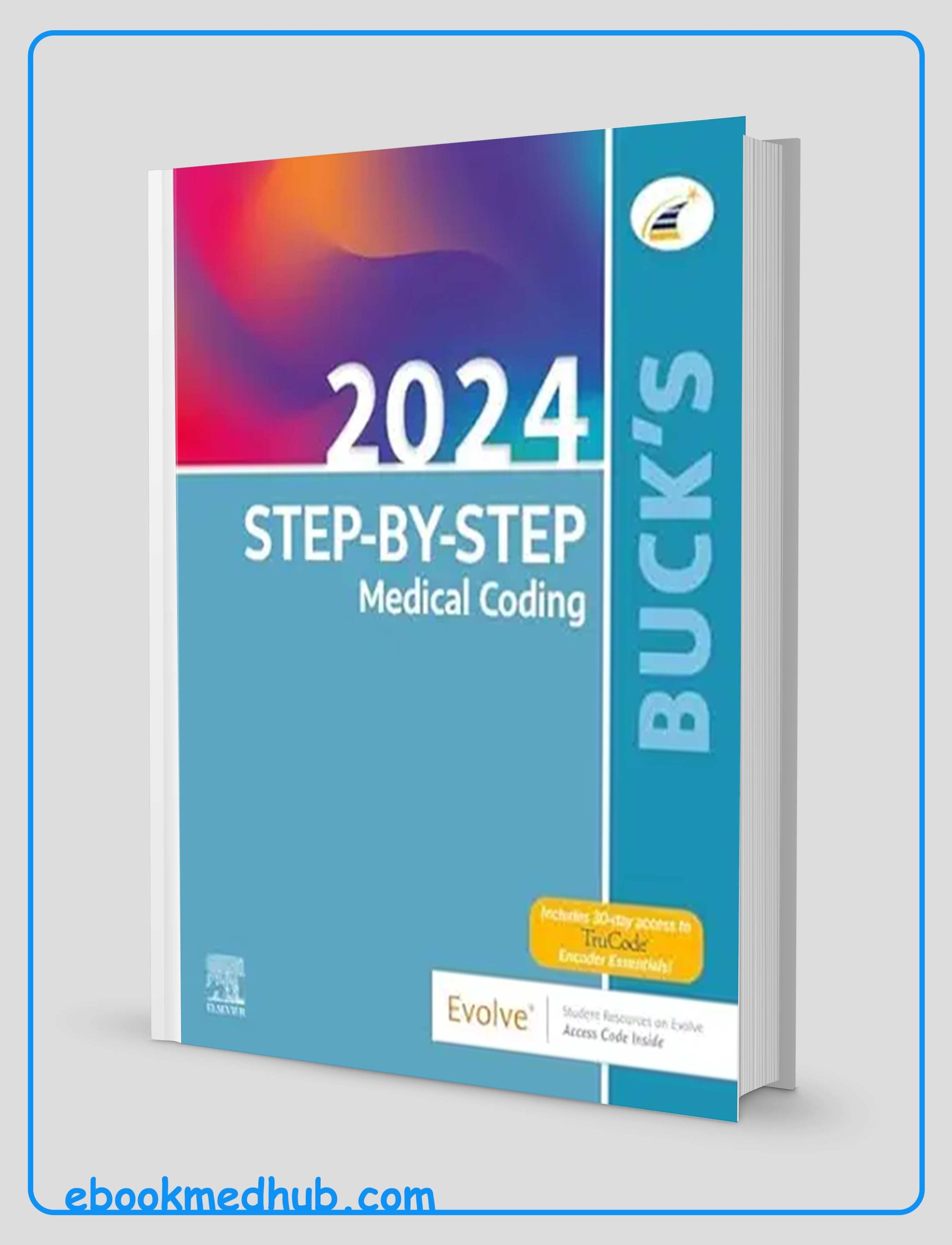
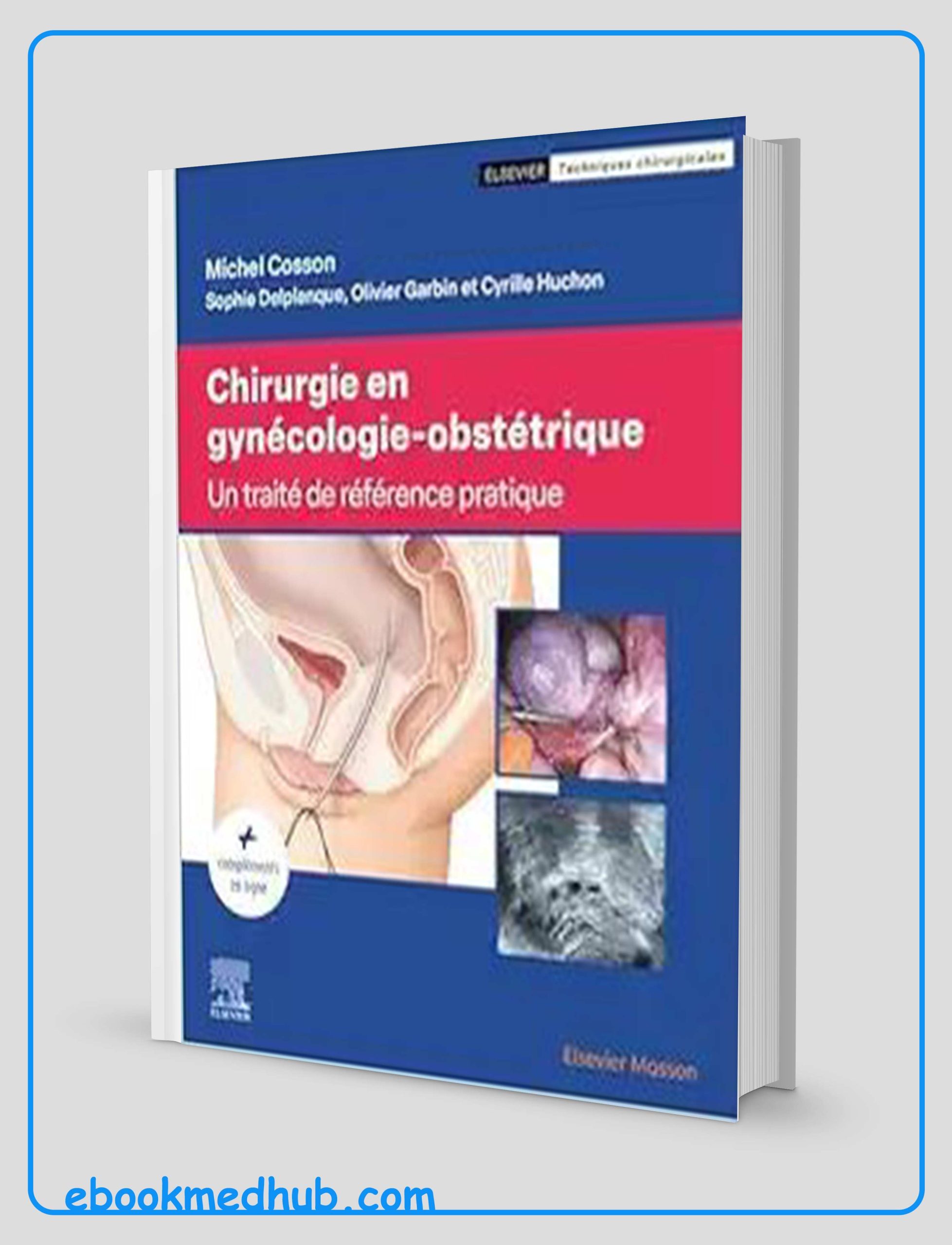
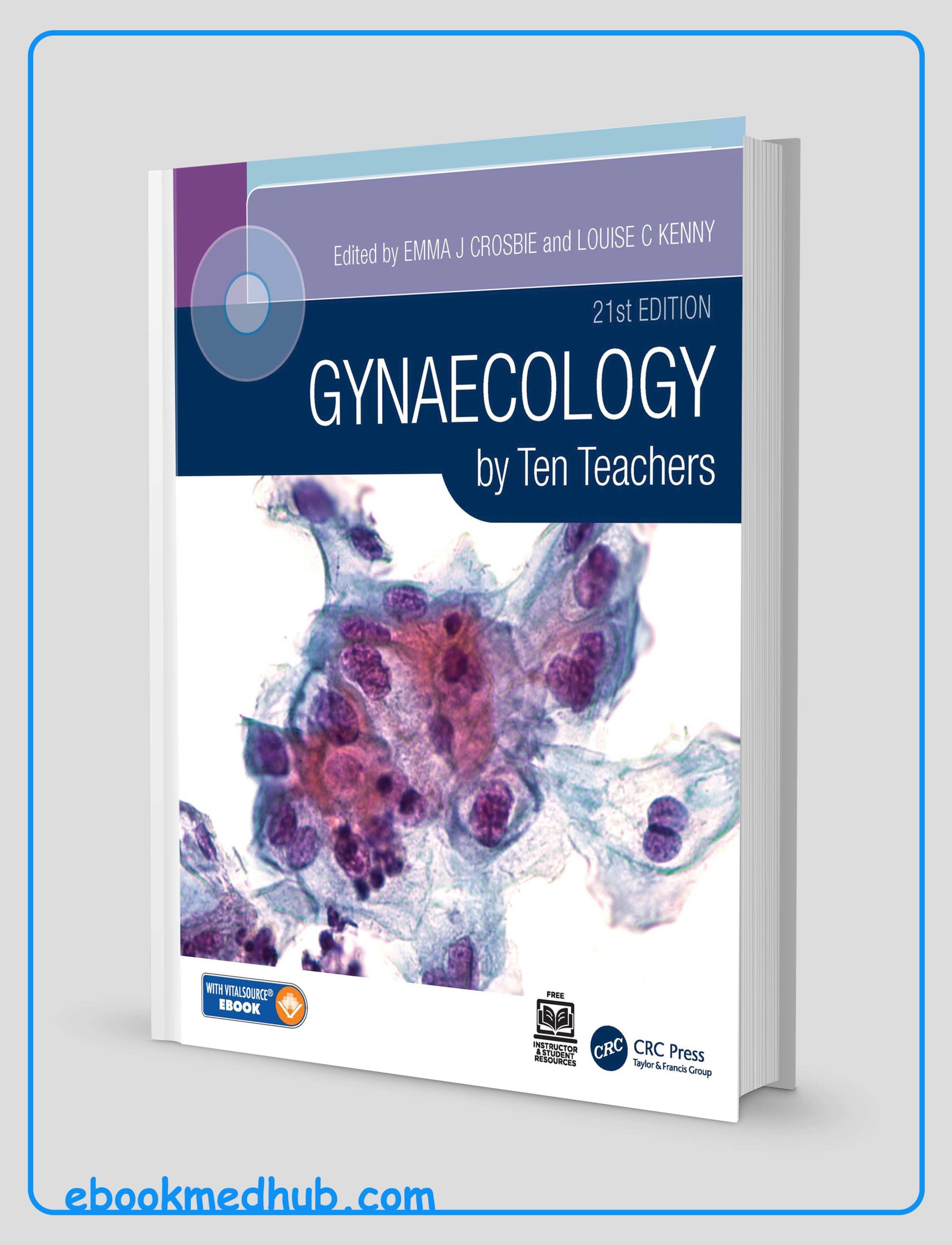
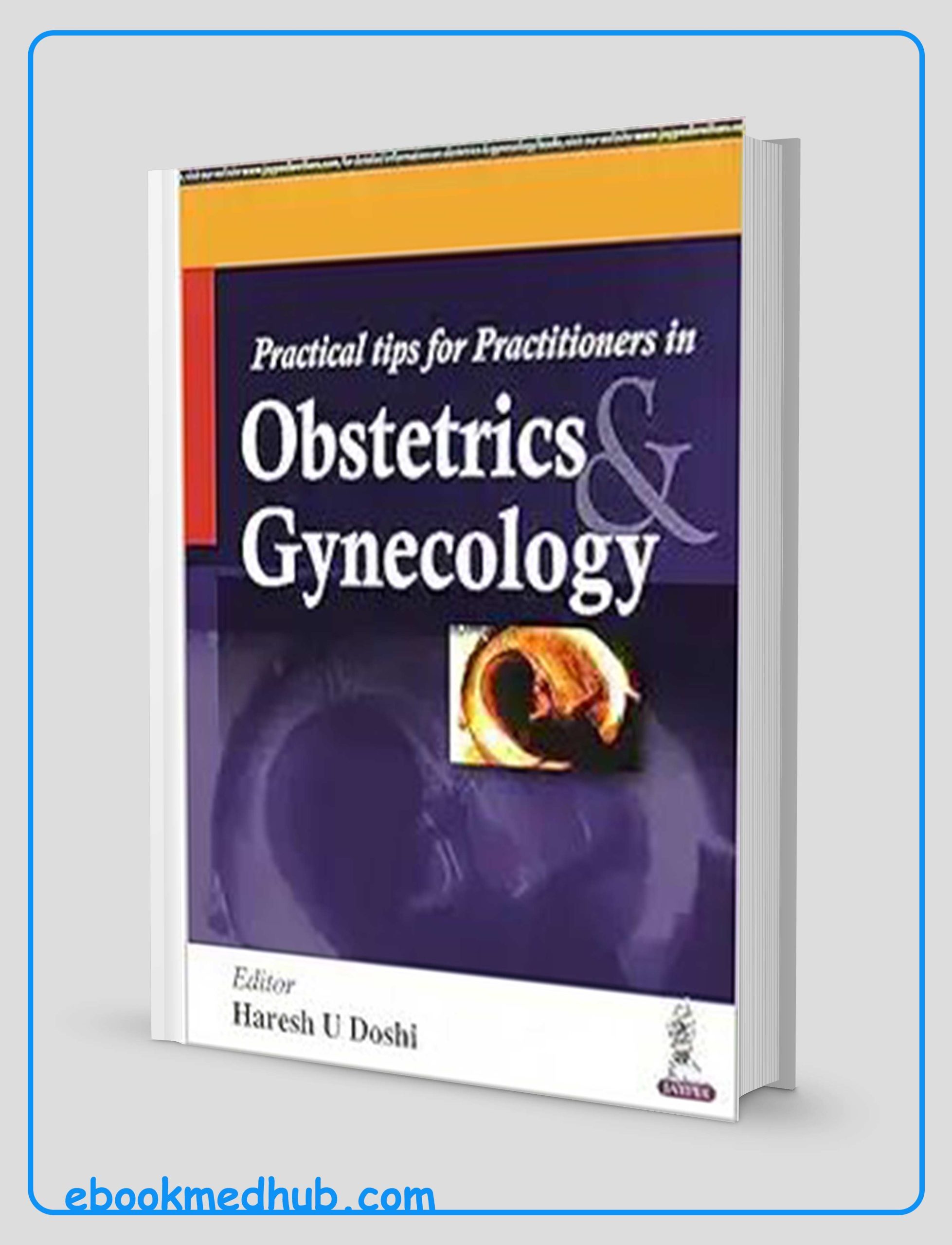

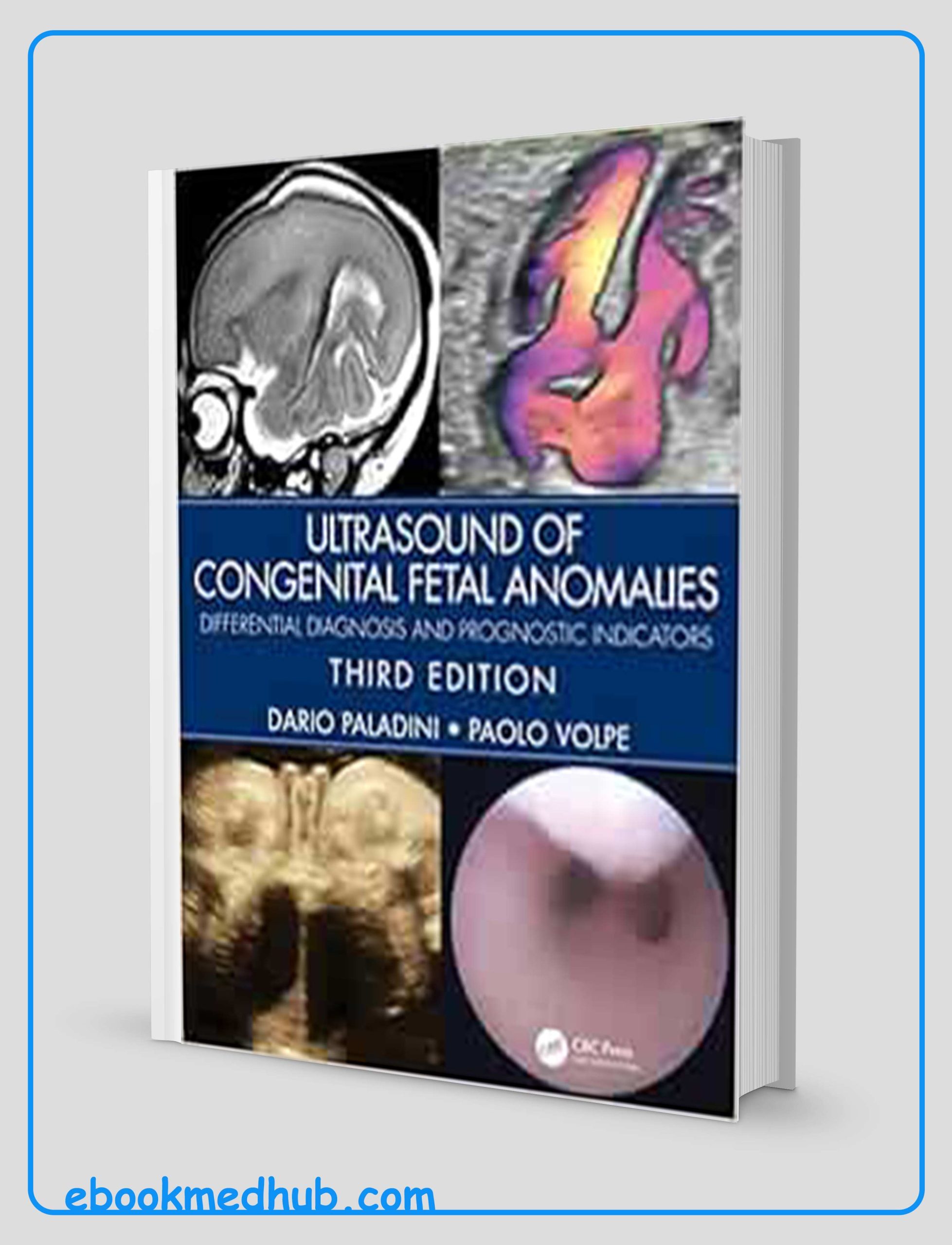

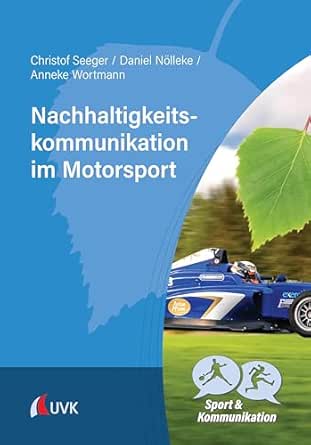
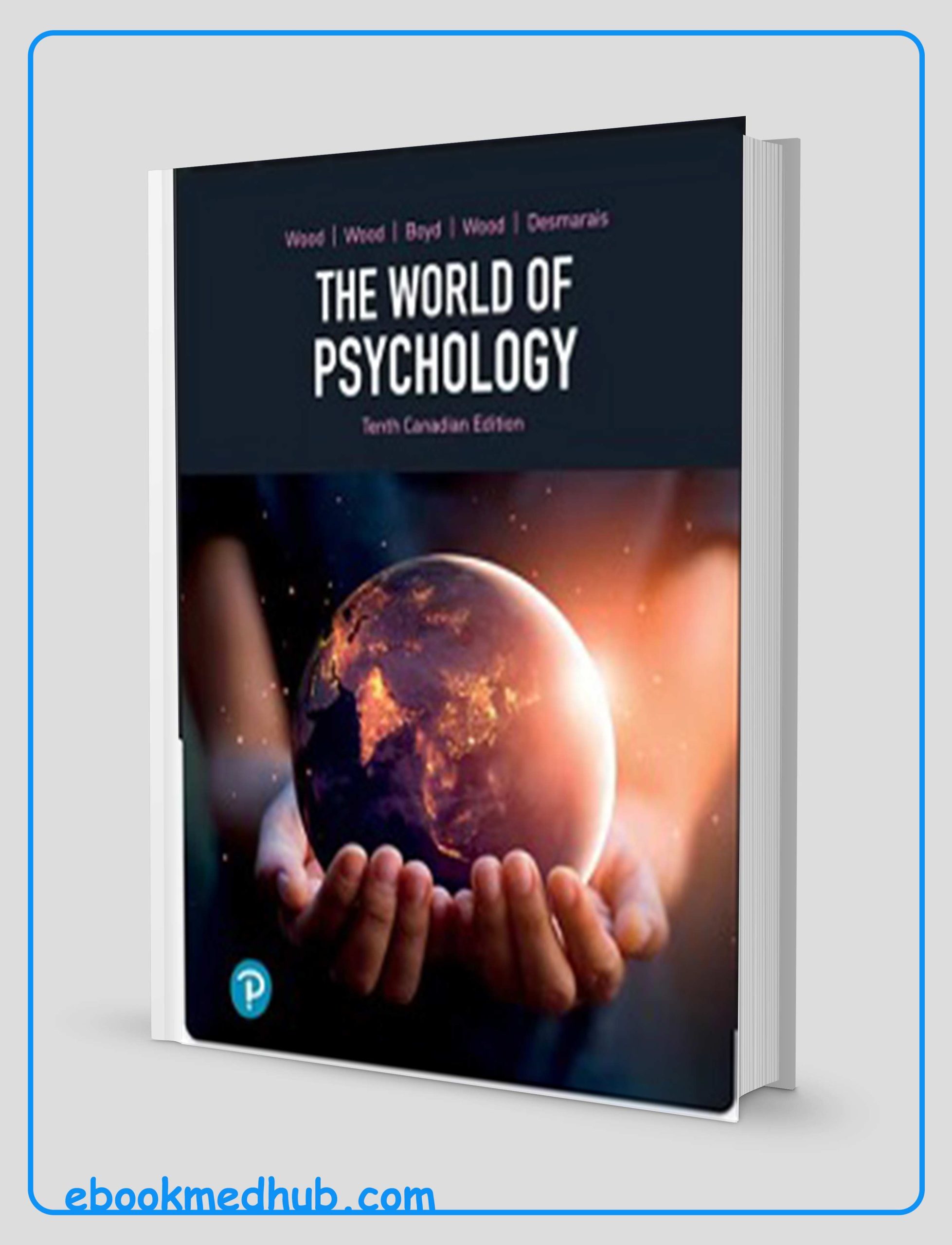
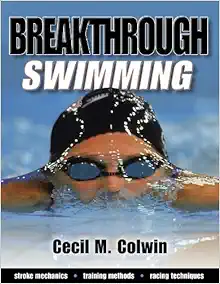


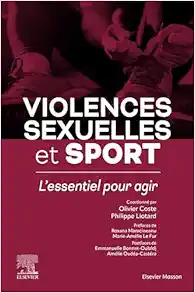
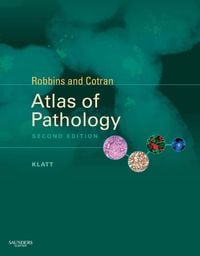


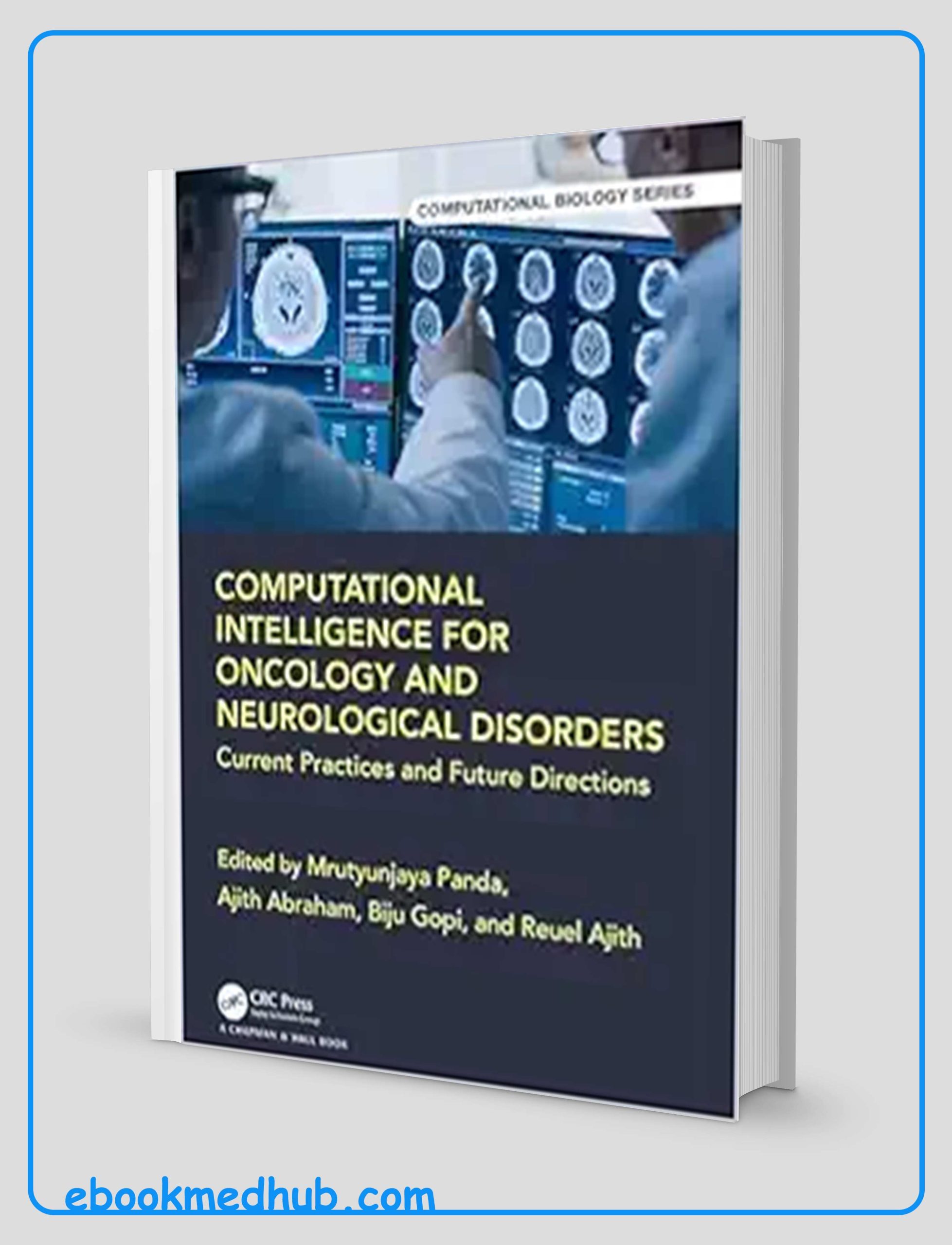

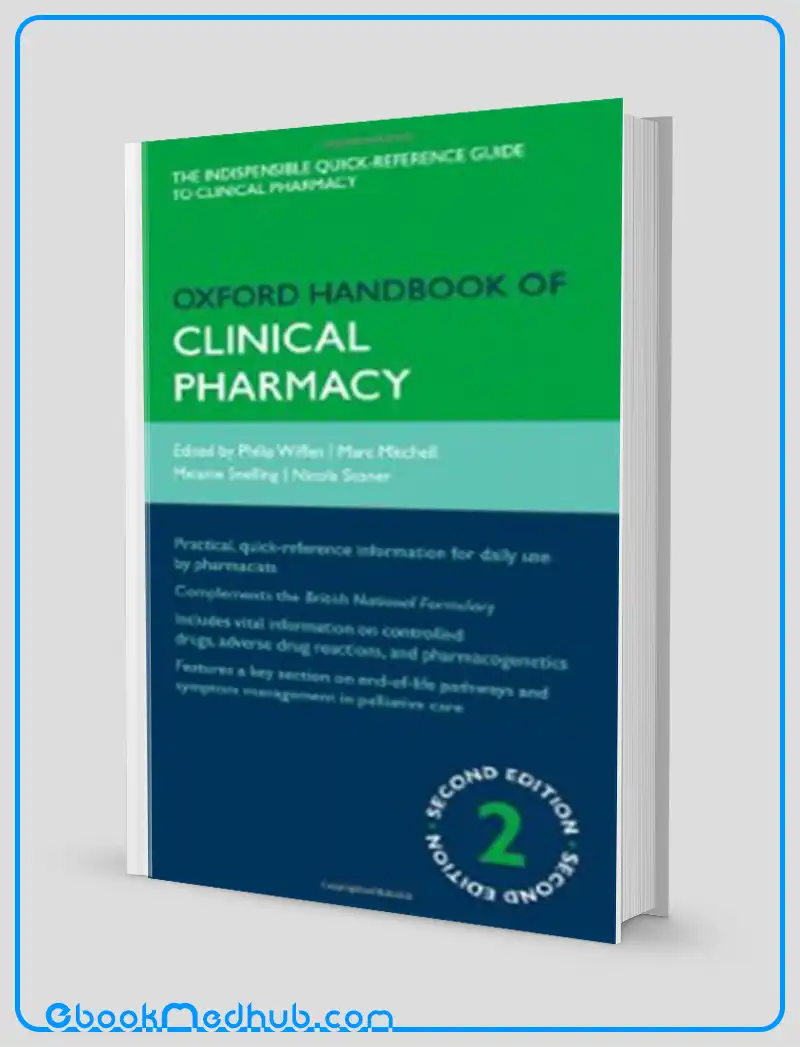




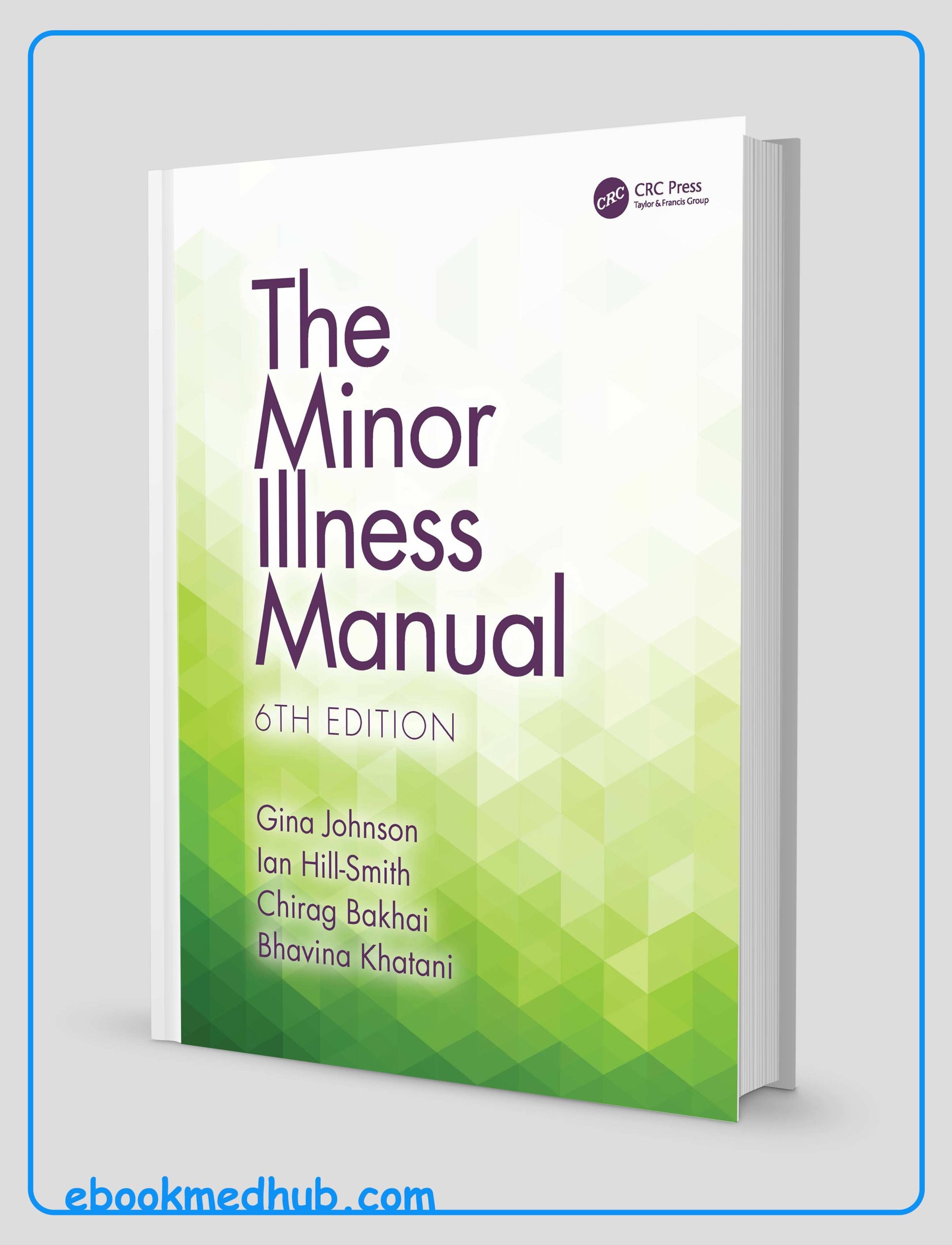
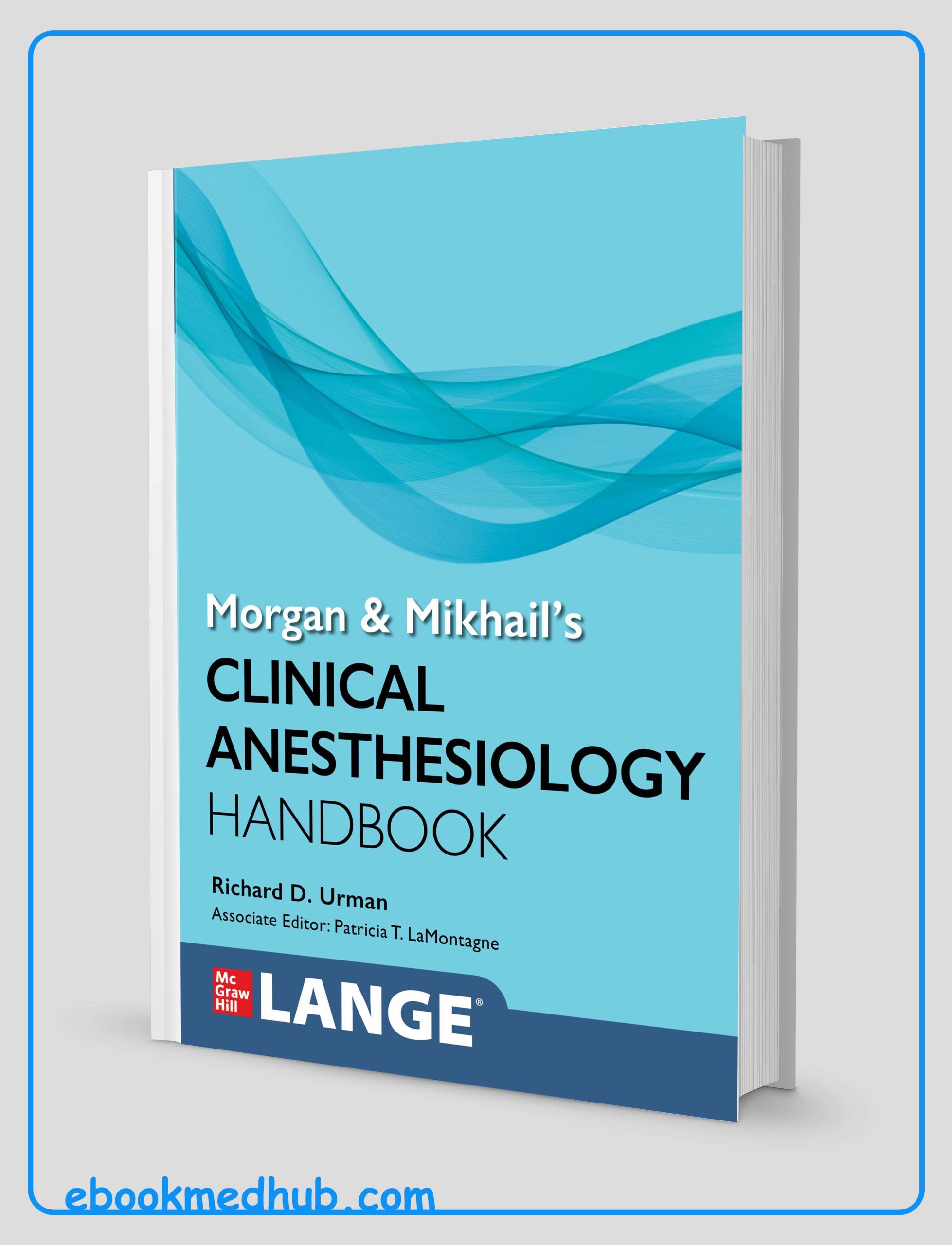
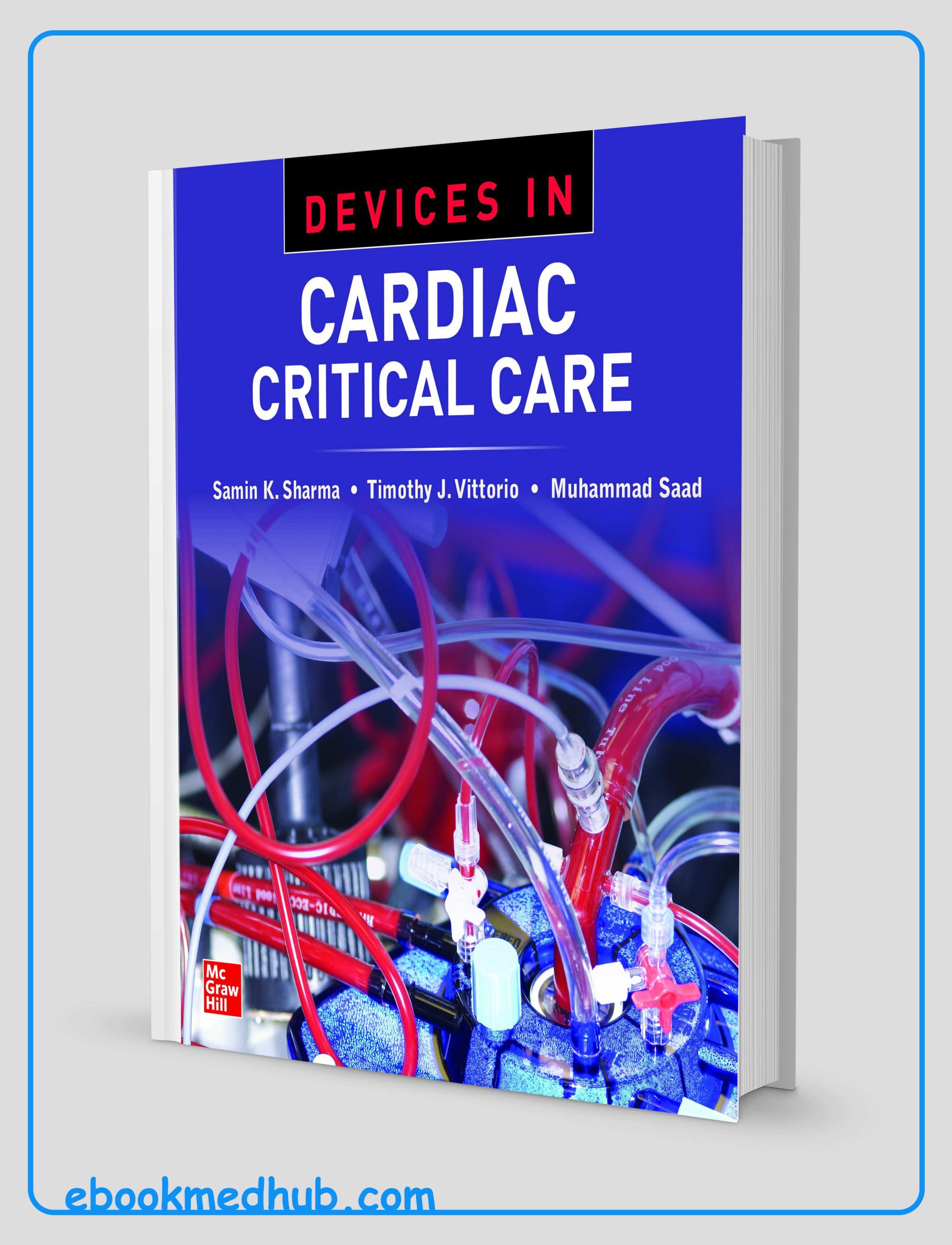

Reviews
There are no reviews yet.